Best Practices For Transitioning Autistic Children Into New Schools
Setting the Stage for Successful Transitions
Transitioning autistic children into new schools requires thoughtful collaboration, tailored planning, and focused training to ensure they thrive in their new educational environments. As these students move from therapy-based settings to school, understanding best practices rooted in behavioral analysis, education, and family engagement is critical to support their growth and success.
Understanding the Roles of Educators and ABA Providers in Transition Planning
How do ABA therapy and school curricula differ?
ABA therapy and school curricula serve distinct purposes in supporting autistic youth. ABA focuses on clinically oriented goals addressing communication, social skills, and behavior management to reduce the ability gap between individuals with autism and their peers. These goals often do not directly align with educational standards, as school curricula must meet state educational requirements.
Why is collaboration between ABA providers, families, and schools important?
Successful transition planning depends on strong collaboration among ABA providers, families, and school personnel. By working together, they can develop final goals that are functional, meaningful, and appropriate for the school setting. This teamwork improves communication, ensures family and student engagement, and supports the creation of effective individualized education plans (IEPs).
What makes transition planning individualized?
There is no standard transition process from ABA therapy to school programs. Planning must be tailored to each student's unique needs, strengths, and circumstances. Individualized plans consider differences in staffing patterns, behavior support needs, and timing—balancing ABA’s one-on-one approach with school environments that may involve small groups or less intensive supports.
How can transition success be supported?
Transition success is enhanced by pre-entry visitations, clear timelines, and discharge criteria, such as using assessments like VB-MAPP. Training for school staff provided by ABA specialists should be specific, well documented, and adapted for the school context. With personalized plans and collaboration, autistic youth have a better chance at seamless integration into educational settings that foster independence and skill generalization.
Enhancing Educator Confidence Through Targeted Training and Resources
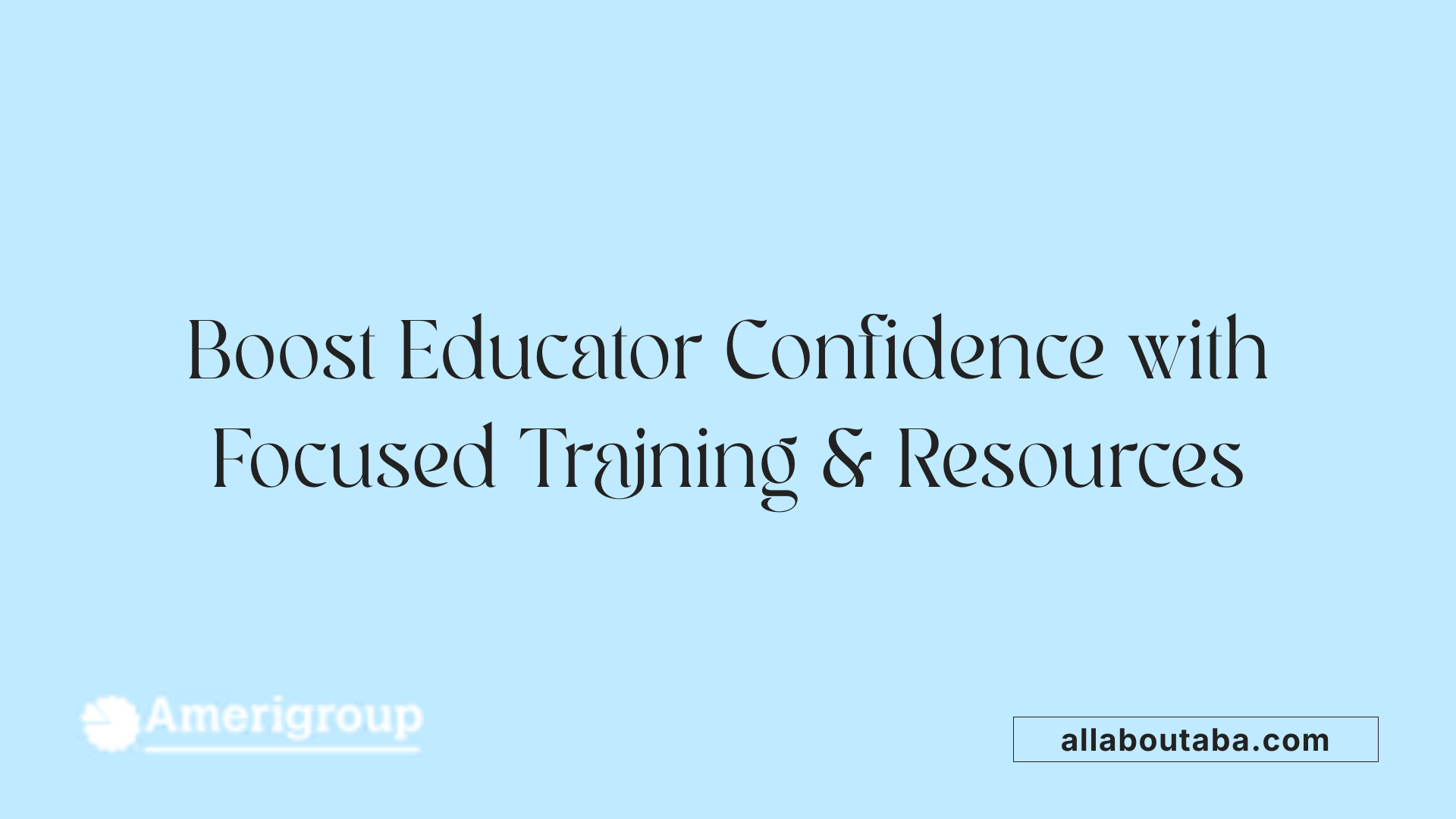
Current Gaps in Educators’ Confidence and Knowledge
Many special educators possess foundational knowledge about autism and transition planning, yet they often feel underprepared to effectively implement these strategies or teach others. This lack of confidence can hinder the success of transition services for autistic youth preparing for postsecondary education and employment.
Need for Specific Transition Training
Educators express a strong desire for more focused training opportunities that cover practical implementation of transition skills. Training should emphasize self-determination for students, which is critical but frequently overlooked due to current resource and knowledge limitations. Tailored programs that include collaboration with ABA providers and focus on real-world applications within school contexts are essential for bridging gaps in educators' preparedness.
Importance of Resource Allocation for Training and Planning
For successful transition outcomes, schools must allocate adequate resources not only for professional training but also for comprehensive planning time. Engagement of students and families in the transition process requires support structures that are currently insufficient. Providing educators with these resources enables sustained professional development, effective communication among school staff, and collaboration with community providers, all of which contribute to more individualized and effective transition plans.
Prioritizing Student and Family Engagement in Transition Processes

How is student input integrated throughout transition planning?
Effective transition planning recognizes the importance of involving autistic students at every phase. Their input ensures that the plans align with their preferences, strengths, and aspirations. However, current practices often fall short in fully incorporating student voices, signaling a need for schools to develop better engagement methods.
Why is collaboration with families essential?
Families play a critical role in shaping functional and meaningful skill development tailored to school settings. By working closely with educators through forums like the Individualized Education Program (IEP) process, families help prioritize goals that ensure relevance and practicality for the student's day-to-day life, enhancing the likelihood of successful outcomes.
What tools support collaborative goal development?
The IEP process serves as a vital tool for collaborating on transition goals. It provides a structured platform where students, families, and educators jointly develop and refine objectives tied to real-world skills, ensuring transition plans are personalized and focused on empowering the student’s independence and future success.
Promoting active participation from students and families strengthens transition planning. It not only honors student autonomy and preferences but also leverages family insights to set achievable goals. Schools must invest in strategies that foster this engagement, recognizing it as foundational to effective and meaningful postsecondary transitions.
Bridging Communication Between Schools, ABA Providers, and Communities
Effective communication strategies among stakeholders
Effective communication among school staff, ABA providers, families, and community resources is essential for supporting autistic youth during their transition to adulthood. Regular, transparent dialogue ensures consistency in goals and methods while promoting shared understanding of each student's unique needs. Establishing clear channels and schedules for updates fosters collaboration and helps align expectations across settings.
Pre-entry visitations and collaboration benefits
Organized visitations before transitioning from ABA programs to schools play a critical role in smoothing the adjustment period. These visits allow educators and ABA providers to observe the student in both environments and discuss strategies firsthand. Collaborative planning sessions during this phase help identify necessary accommodations and refine individualized education program (IEP) goals that reflect functional skills aligned with school standards.
Documentation and training specificity for school staff
Training provided by ABA practitioners to school professionals should be highly specific, focusing on applicable strategies tailored for the school environment. Clear documentation of methods and protocols is crucial for consistency and ease of implementation by educators who may have limited experience with ABA techniques. Trainings need to consider the expertise and workload of school staff, ensuring practical and sustainable approaches to support student learning and behavior management.
Adapting Behavioral Supports and Curriculum for School Settings
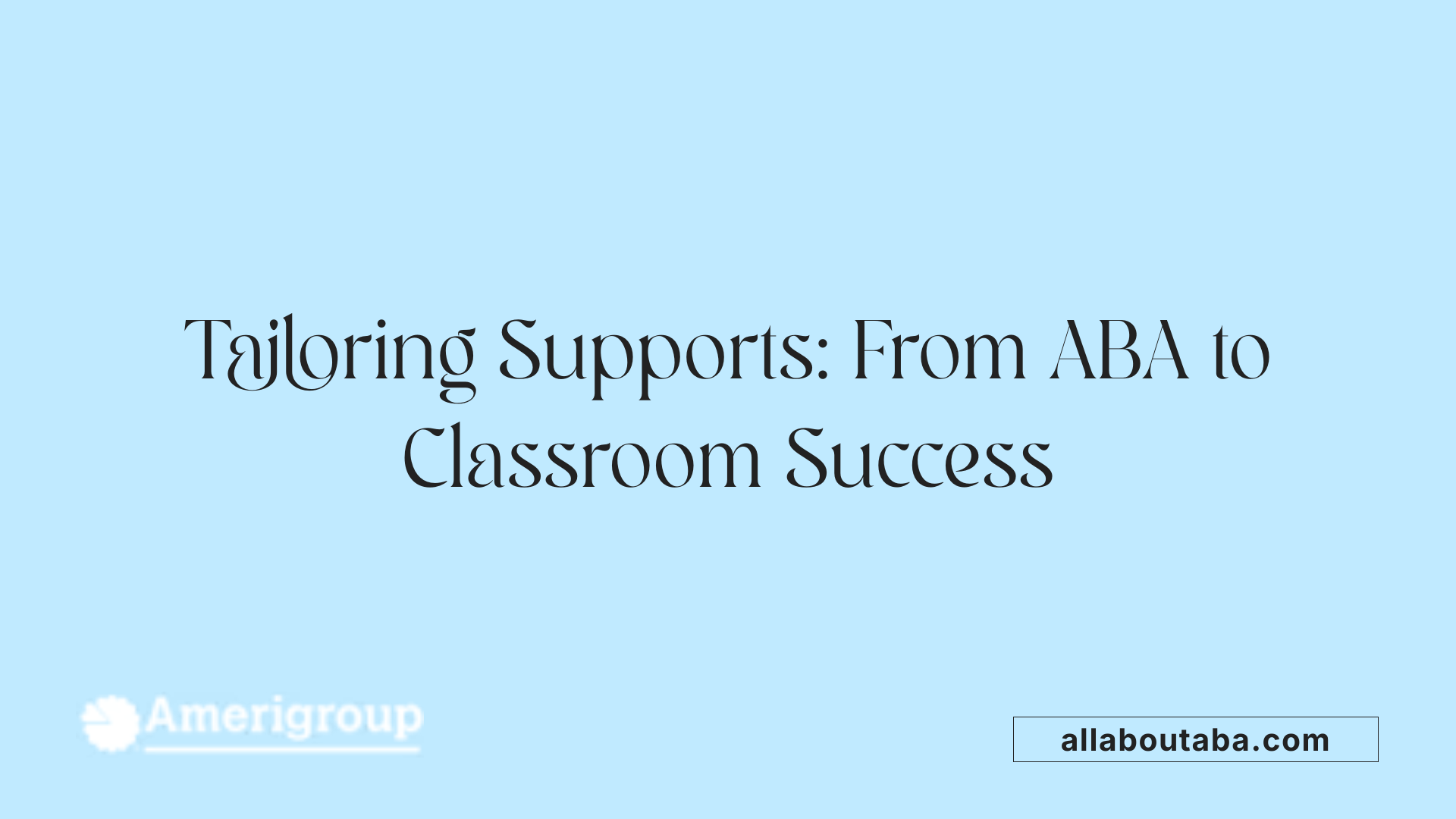
Differences in Behavioral Support Plans Between ABA and Schools
Behavior support plans that work effectively in Applied Behavior Analysis (ABA) therapy may not always be directly transferable to school environments. Schools must consider safety, context, and evidence-based practices, tailoring plans to suit the daily realities of the educational setting. Unlike ABA therapy, which often occurs in controlled environments, schools operate with multiple students and varied social dynamics, requiring behavior strategies to be adaptable and sustainable within these frameworks.
Generalization of Skills from One-on-One to Group Settings
ABA therapy typically involves one-on-one staffing patterns, allowing individualized attention as students learn new skills. In contrast, schools more commonly use small group settings. Transition plans need to address this difference by outlining supports that enable students to generalize and apply skills learned individually to group contexts, promoting independence and effective participation in classroom activities.
Aligning ABA Goals with School Educational Standards
ABA goals are often clinically oriented and may not directly correspond with the academic and functional objectives set by school curricula that must meet state education standards. Families and educators should collaborate through the Individualized Education Program (IEP) process to develop goals that are functional and meaningful within the school setting. Prioritizing goals ensures that skills taught in ABA therapy support educational progress and prepare students for academic and social success in schools.
Establishing Structured Timelines and Assessment-Driven Discharge Criteria

Use of Assessment Tools like VB-MAPP
Assessment tools such as the Verbal Behavior Milestones Assessment and Placement Program (VB-MAPP) play a crucial role in guiding the transition process for autistic students moving from Applied Behavior Analysis (ABA) therapy to school programs. VB-MAPP provides measurable criteria to evaluate communication, social skills, and other developmental milestones, ensuring that discharge decisions are data-driven. This helps create a clear picture of a student's readiness for the next educational environment.
Importance of a Clear Discharge and Transition Timeline
Having a structured timeline for discharge from ABA services and entry into school programs is essential to minimize disruptions and provide continuity of support. A well-defined schedule helps families, ABA providers, and school personnel collaborate efficiently. It ensures that all parties are prepared for the student's arrival and can align resources effectively, supporting smoother transitions and reducing the risk of setbacks.
Tailoring Transition Process to Individual Student Needs
Every autistic student has unique strengths and challenges, making a one-size-fits-all transition approach ineffective. Transition plans must be individualized, considering each student’s current abilities, preferred learning styles, and necessary supports. Collaborative goal setting among families, ABA providers, and educators ensures that the transition pathway reflects meaningful, functional skills tailored to the student’s future school environment. This personalized approach maximizes success and long-term integration.
Charting the Path Forward for Inclusive School Transitions
Successful transition of autistic children into new schools hinges on well-coordinated efforts that respect the unique needs of each student. Prioritizing educator training, fostering collaborative partnerships among families, ABA providers, and schools, and implementing structured, assessment-driven transition plans ensure these students are equipped for academic and social success in their new environments. By embracing these best practices, schools can create inclusive settings that empower autistic youth to reach their full potential as they advance toward adulthood.
References
Other articles
Recent articles

Best Practices For Transitioning Autistic Children Into New Schools

Autism And Time Management Challenges In Adulthood

The Role Of Visual Arts In Autism Communication Development

How To Address Tactile Defensiveness In Autism

Best Practices For Telehealth Autism Therapy

How To Help Autistic Children Develop Friendship Skills

How Schools Can Support Autistic Students In Career Prep

Best Strategies For Autism-Friendly Event Planning

Understanding Noncontingent Reinforcement In Autism Behavior Plans

How Drama Therapy Benefits Autistic Individuals

Best Practices For Autism-Friendly Fitness And Recreation Centers

Best Ways To Promote Healthy Social Media Use For Autistic Teens

How To Help Autistic Children Cope With Public Speaking

Autism And Strategies For Managing Unexpected Changes

Best Podcasts About Autism For Parents And Educators

Autism And The Impact Of Seasonal Changes On Behavior

The Role Of Diet In Managing Co-Occurring Conditions With Autism

Sleep Challenges In Autism And Practical Solutions

Best Ways To Build Daily Routines For Autistic Children

Best Practices For Supporting Autistic Entrepreneurs

Autism And Strategies For Navigating Large Social Gatherings

Adaptive Sports And Recreational Activities For People With Autism

Autism And The Benefits Of Story-Based Learning Activities

Understanding The Role Of Play In Autism Development

Autism And The Impact Of Environmental Noise On Learning

How To Create Autism-Friendly Community Spaces

Autism And Chronic Health Conditions: What To Know

The Role Of Care Managers In Autism Life Planning

How To Teach Social Boundaries To Autistic Children

How Autistic Individuals Experience Empathy Differently

How To Support Autistic Employees In Remote Work Settings

Autism And The Relationship Between Motor Skills And Learning

How To Create Community Resource Guides For Autism Families

How To Teach Daily Living Skills To Autistic Teens

Autism And The Impact Of Mind-Body Practices On Stress Reduction

Autism And The Benefits Of Outdoor Group Activities

How To Create Autism-Friendly Sensory Paths In Schools

Best Practices For Autism-Friendly Park And Recreation Areas

Autism And Strategies For Reducing School Refusal

Supporting Autistic Individuals In Public Speaking

The Role Of Diet In Managing Autism Symptoms

The Benefits Of Gardening Clubs For Autism Social Development

How To Prepare Autistic Children For Dental Visits

Autism And Employment: Career Paths That Work

Best Practices For Autism-Friendly Hotels And Lodging

The Impact Of Screen Time On Autism Development

Autism Screening Tools For Early Childhood

The Role Of Physical Exercise In Autism Therapy

Best Strategies For Supporting Autistic College Students

The Role Of Technology In Autism Early Detection

Sensory-Friendly Classroom Design Ideas For Autistic Students

The Role Of Speech Therapy In Building Social Communication Skills

Best Strategies For Handling Autistic Burnout In Adults

Autism And The Importance Of Predictability In Routine

Autism And Peer Education: Teaching Acceptance In Schools

Best Practices For Sensory-Friendly Libraries And Reading Rooms

Self-Advocacy Skills For Autistic Adults

The Role Of Technology In Autism Peer Communication

Promoting Physical Activity In Children With Autism

How To Prepare Autistic Children For Medical Procedures

The Role Of Social Media In Autism Advocacy And Awareness

The Impact Of Sensory Rooms In Public Facilities For Autism

How To Create An Autism-Friendly Holiday Celebration

Best Practices For Inclusive Education For Autistic Students

Autism And Mental Health: Recognizing Signs Of Distress

Best Practices For Sensory-Friendly Waiting Rooms

The Role Of Teachers In Early Autism Red Flag Identification

Autism-Friendly Housing Design Features

Autism-Friendly Housing Design Features

How Environmental Modifications Improve Autism Outcomes

Autism And Technology-Based Learning Tools

Supporting Autistic Children Through Changes In Routine

The Link Between Autism And Working Memory Challenges

Best Practices For Autism-Friendly Cooking Classes

Autism And The Benefits Of Structured Music Lessons

Best Books To Teach Kids About Autism Acceptance

Sensory Diets And Their Benefits For Autism Management

How To Prepare Autistic Teens For Driver’s Education

How To Teach Autistic Teens About Healthy Relationships
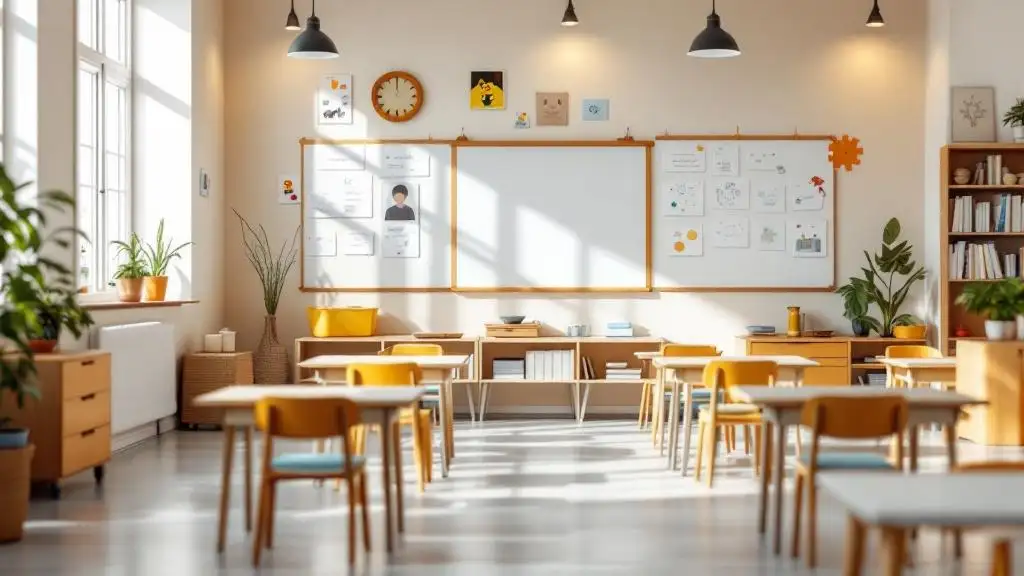
The Role Of Visual Prompts In Building Daily Habits For Autism

Addressing Sleep Regression In Children With Autism
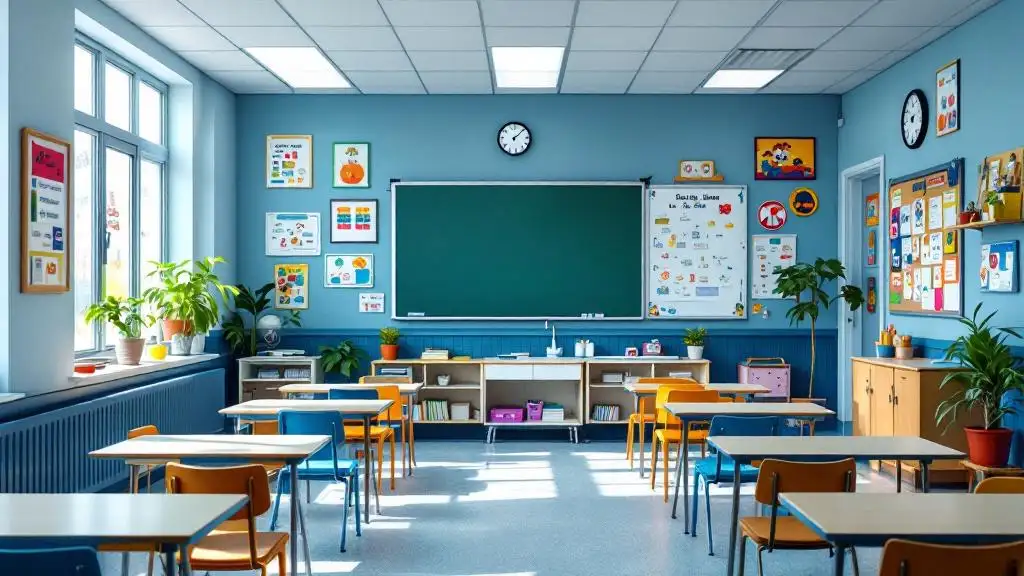
Understanding Social Stories And How They Help Autistic Children

Navigating Insurance Coverage For Autism Therapy Services

How To Prepare Autistic Adults For Independent Travel

Supporting Autistic Individuals In Volunteer Work

How Mindfulness Practices Can Support Autism Well-Being

Understanding Hyperfocus And Special Interests In Autism

Understanding Stimming As A Self-Regulation Tool

Sensory-Based Interventions For Autism At Home

Best Ways To Introduce Self-Advocacy In Autistic Teens

Best Ways To Support Autistic Employees In Customer Service Roles

Best Practices For Autism-Friendly Volunteer Programs

Autism And The Benefits Of Sensory Play For Emotional Growth
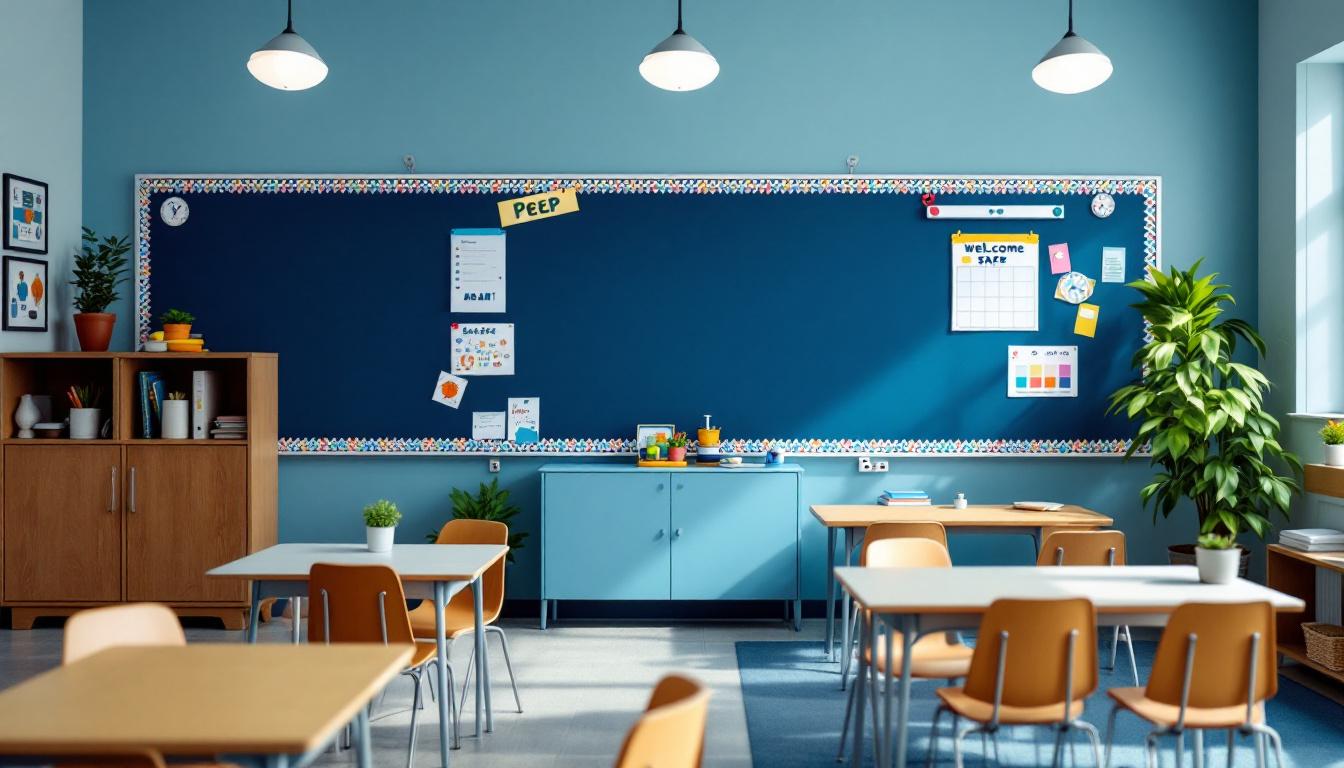
Autism And Strategies For Building Peer Relationships

Understanding How Autism Affects Memory Processing

Autism And Strategies For Building Coping Skills In Teens

The Role Of Parent Training In Autism Intervention Programs

Autism-Friendly Workplace Accommodations

Using Visual Timers For Autism Time Management

What Is ABA Therapy?
We’re All About You, Your Family, and Your Child

